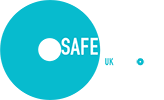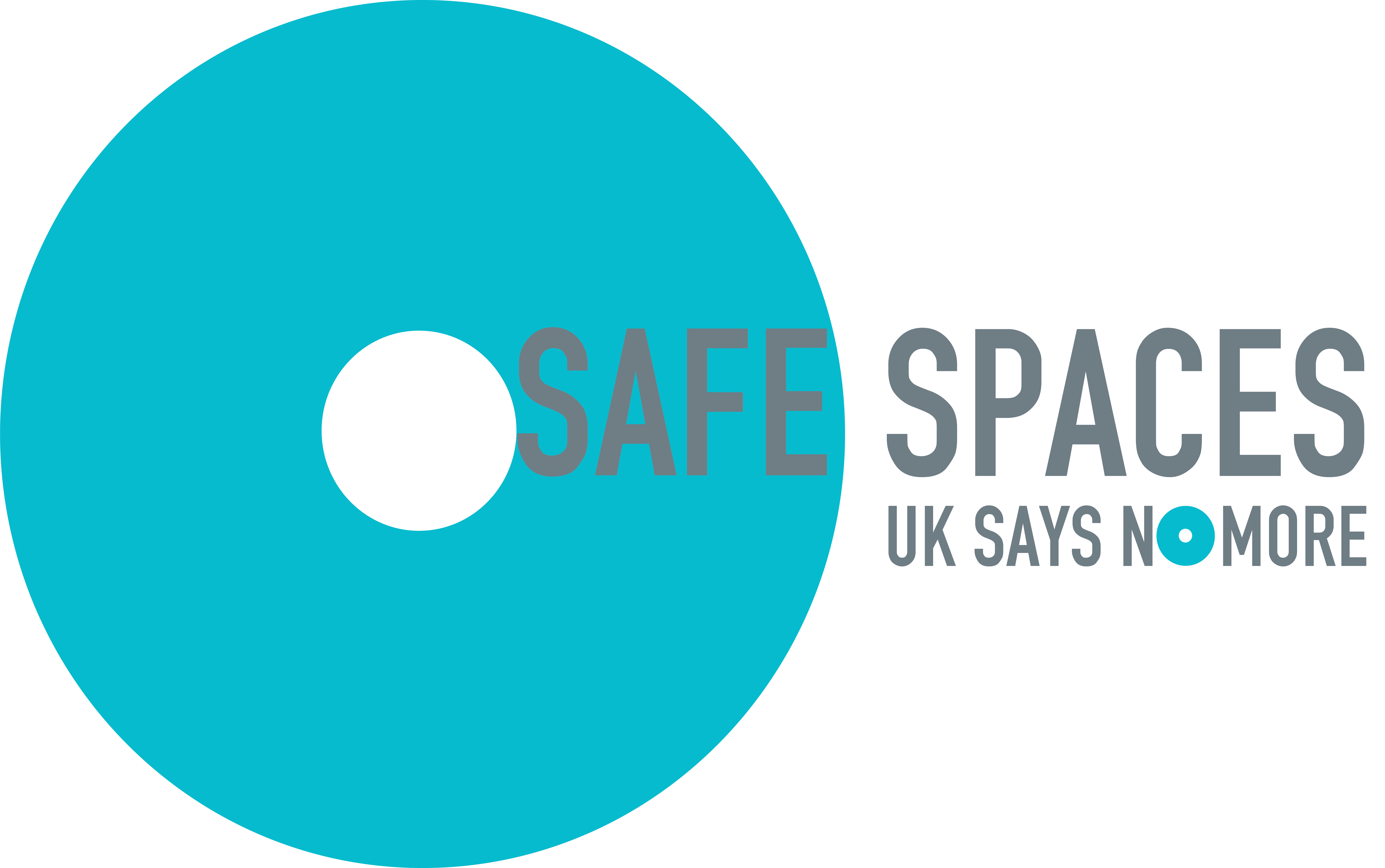At least, this is what we understand about sleep so far. Sleep is a more complex process than many people realise, in fact, scientists understand very little about it. It’s hypothesised that good sleep is depending on having sufficient sleep across several sleep stages responsible for different restorative functions. An internal body clock (the Circadian rhythm) is ultimately responsible for our sleep cycles and it determines that humans are diurnal (made to be awake in the day and asleep at night).
Consequences of poor sleep
Poor sleep has immediately recognisable symptoms such as fatigue, poor concentration, sleepiness, poor memory and irritability. However, chronic sleep problems such as insomnia can have more severe, lasting consequences, such as:
- Weakened immune system
- Changes in mood
- Anxiety
- Depression
The above can have a knock-on effect on people’s relationships, friendships and their performance at work. An American study found that fatigue and poor sleep contributes to productivity losses costing employers $1,967 per employee per year and adding up to approximately 1.23 million lost working days annually in the US.
Employee’s whose sleep pattern is disrupted by external factors such as working regular night shifts, long hours or across time zones are most vulnerable to developing the above symptoms of poor sleep. Not only that but it has been suggested that people who work night shifts are at greater risk of developing cancer and heart disease. Furthermore, a lack of sleep might put others at risk, especially when employees are responsible for patient care or transportation. With much at stake, it is important for organisations to consider the impact of their work on their employees sleep patterns and to help employees who struggle with their sleep by educating, providing support or even modifying the workplace.
What can individuals do?
Many people can benefit from improving the quality of their sleep. The phrase ‘sleep hygiene’ is often used to describe how lifestyle and environmental factors can affect our sleep, but what can you do to improve your sleep?
- Get into a pattern of sleeping at set times – if you establish a better routine you will find it easier to sleep at that time every night.
- Adjust the light, noise and temperature in your bedroom – the room needs to be dark, quiet and not to hot/cold
- Drink less alcohol, drink less caffeine in the day and smoke less cigarettes
- Don’t go to bed hungry but don’t have a massive meal before bed
- Take regular exercise such as jogging or cycling (in the morning would be better)
- If you’re having more serious sleep issues such as insomnia, Cognitive Behavioural Therapy may be the best remedy
What can organisations do?
- Educate – provide employees with information about sleep such as in newsletters or on posters in common areas (how sleep is needed to remain healthy, sleep disorders, how to achieve quality sleep and contact details for helplines).
- Train managers and employees to recognise the signs and symptoms of fatigue, and how to reduce fatigue related accidents at work.
- For example, train drivers how to recognise tiredness, to pull over safely when tired and allow them time to nap.
- Assessment – provide employees with tools to evaluate/measure their sleep and provide targeted advice.
- Provide dedicated physical areas with beds or comfortable chairs where employees can rest
- Create schedules that allow for breaks
- Ensure your company culture supports and actively encourages breaks
- Modify the workplace to increase alertness:
- Ensure the lighting is correct – increasing the brightness during night shifts can increase alertness and reduce fatigue
- Maintain an appropriate temperature – as temperature increases, workers feel more sleepy
- Keep noise continuous and varied
Other at-risk groups
It is also important to consider other at-risk groups in the workplace who may be just as likely to suffer from poor sleep as employees who work late shifts, long hours or across time zones.
Working parents may be at-risk of poor sleep because of the demands of balancing work and childcare. We’ve heard plenty of stories in current times about parents who now need to look after the children in the daytime and then work into the late evening because this is the only time they have to get their work done. Raising young children also comes with more obvious disturbances to sleep.
Pregnant women – Insomnia is one of the many symptoms of pregnancy that affects sleep. Build in the opportunity to rest into your policies and procedures surrounding pregnancy.
Menopausal women – insomnia and sleep disturbance are symptoms of the menopause. Create a culture where women suffering from these symptoms can use flexible working hours to rest when they’ve had a bad night’s sleep and make up the hours another time.
Mental health issues are very closely related to problems with sleep. There is a very complex relationship between the two and medicinal treatments for various mental health issues such as depression and schizophrenia can actually exacerbate problems with sleep. Allow employees more flexibility to recover after poor sleep or a change in medication.
The Clear Company are here to support you in these unprecedented times with all of the assistance, guidance, learning and implementation support required to successfully manage business as usual




